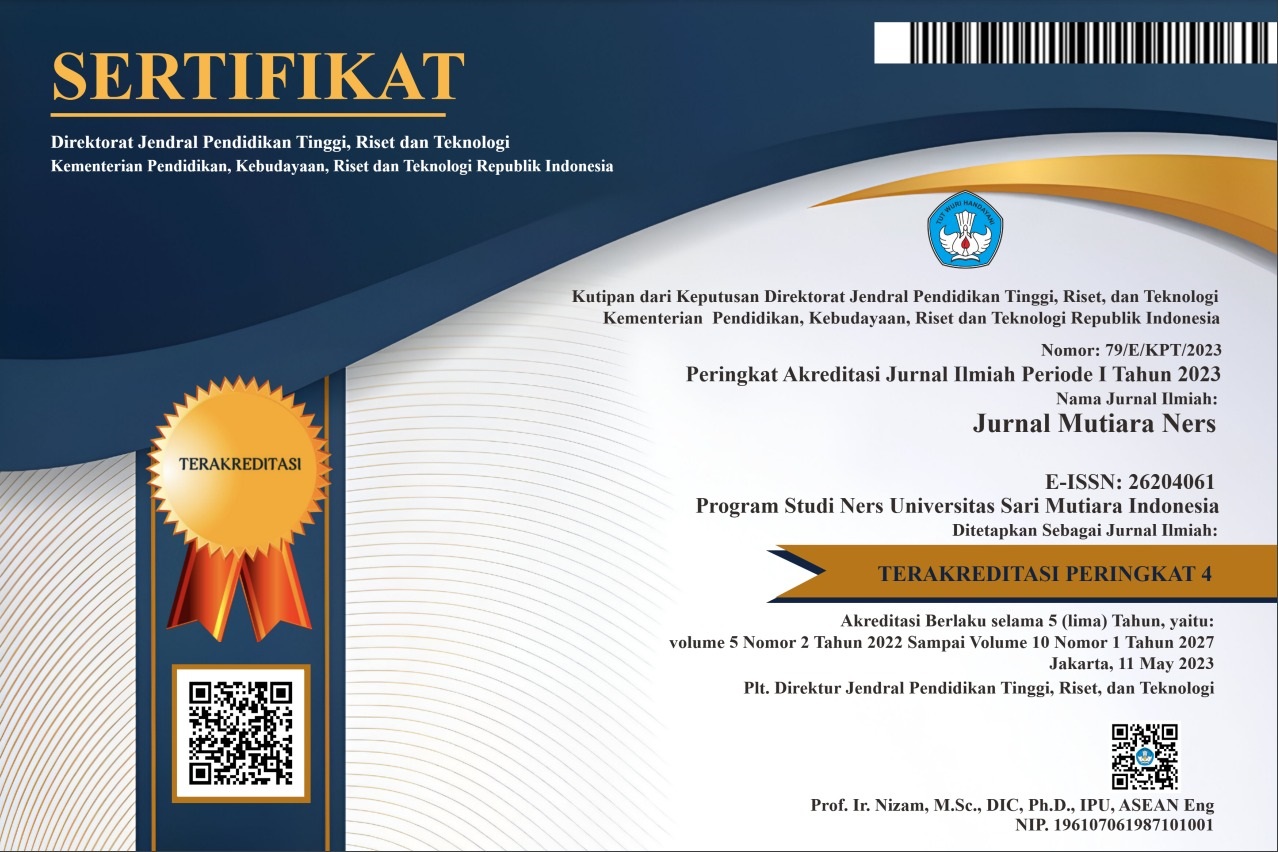ANALISIS FAKTOR PRINSIP PEMBELAJARAN yang MENDUKUNG STUDENT CENTERED LEARNING
Keywords:
student centered learning, learning outcomes, learning methodsAbstract
The national education system in Indonesia is developing and requires every educational institution to keep up with the changes. Each institution is required to apply a student-centered learning (SCL). There are some basic principles in the teaching and learning process including the process of feedback, learning outcomes, learning methods, assessment methods, social interactions, and the learning environment. The feedback process is an evaluation of the expected target achievement (learning outcome), various learning methods and lecturer assessment methods for students, students' social relations with the environment, and learning environment that supports the teaching and learning process. Hoped that the evaluation of the teaching and learning process can support student learning as an adult learner. This research is a quantitative study with confirmatory factor analysis design using stratified random sampling. A total of 304 respondents from two institutions participated in filling out the questionnaire. The results of this study can identify which learning principles contribute to the SCL approach. The results of the second confirmatory analysis showed a significance level of 660 and a 99% confidence level and the feasibility of the model 0.08. The loading value of the contributing factors was 7.37 in the learning outcome, 6.40 in the teaching and learning method, and 6.07 in the learning environment. This means that in the evaluation of the learning process there are three things that are closely related to the learning targets, methods and learning environment


.png)





